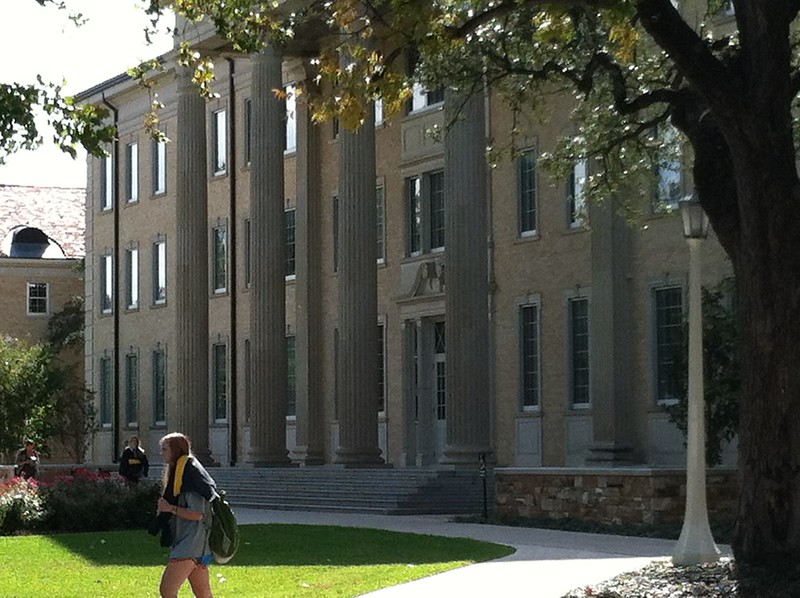
Morehouse College is the only historically black 4-year liberal arts college for men and has an impressive roster of alumni, including Reverend Martin Luther King Jr, Spike Lee and Samuel L. Jackson. Founded in 1867, this campus features 42 buildings (many of which are historic) on 61 acres near downtown Atlanta. Known as the most prestigious of the HBCU’s, one of Morehouse’s cornerstones is a strong alumni network ready to help with jobs and other opportunities.
Here are a few quick facts about Morehouse:
4-year Graduation rate: 33%, 6-year: 54%
Acceptance: 31%
Freshman retention: 85%
Freshmen out of state: 74%
Most popular majors: business administration, biology, social sciences
Student Community Diversity: 95% Black, 0.5% Latino, 1% International
Housing: Students are required to live on campus their first three years, while seniors find their own off-campus housing. Students recommend Graves Hall for freshmen, which is Morehouse’s oldest dorm, built in 1889. Meal plans are required, which not everyone is thrilled about, but dining services has recently expanded to include more fast-food options and a coffee shop.
Academics: Morehouse’s academics can be described as competitive and rigorous where classmates strive to do their best, while at the same time supporting their classmates. The general education program includes coursework in four major disciplines (humanities, natural sciences, math and social sciences), as well as “the unique African and African American heritage on which so much of our modern American culture is built.” To that end, the university hosts a series of campuswide assemblies called the Crown Forum presented by community leaders and national figures from different industries. In order to graduate, students must attend 6 presentations per semester for 6 semesters.
Traditionally, STEM fields at Morehouse have been strong, although business and economics have recently risen in prominence. One of Morehouse’s gems is their engineering 3-2 program, which works in conjunction with Georgia Tech and other larger universities. The cinema, television and emerging media studies major is growing in popularity and a new major in Chinese studies is now available. For the student interested in participating in research, there are plenty of opportunities in the sciences, including a research partnership with NASA.
Similar colleges to consider: Davidson, Furman, Howard
Social: One of the most celebrated events is homecoming week, which is a joint effort with sister school, Spelman. This event is one of the largest at any of the HBCUs. Morehouse has four fraternities, which attract just 3% of students. Other crowd-drawing events on campus include football games, concerts, movies and religious programs.
The Maroon Tigers compete in Division II Southern Intercollegiate Athletic Conference, with track and field being a recent conference champion. The basketball team has enjoyed some recent success as well. During football season, students road-trip to Hampton, Howard and Tuskegee.
Financial: Morehouse offers need-based merits scholarships and 126 athletic scholarships. Although the tuition and fees are $47,700, the average financial aid package is $28,800. 80% of students receive financial aid.



















